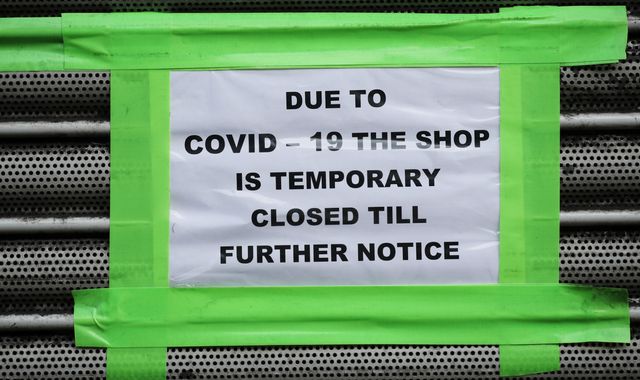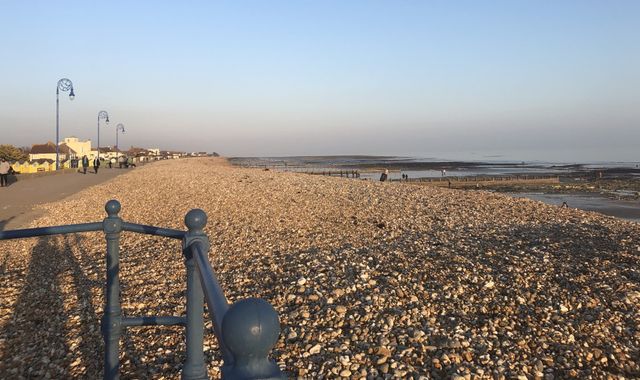COVID-19: Wage growth at highest level since 2008 as lowest-paid pay highest price
Written by News on 23/02/2021
Rates of pay growth are running at their highest level since 2008, according to official figures which also show “early signs” of stabilisation for payrolled employment despite the continuing coronavirus pandemic.

The Office for National Statistics (ONS) reported average weekly earnings rose by 4.7% on an annual basis during the three months to December.
It suggests that many of those in work were being rewarded for their performances during the crisis at the end of 2020 as, when the effects of bonuses are stripped out, the rate of growth slowed to 4.1%.
Live COVID news from UK and around the world
However, experts said they also reflected the fact that many of those to have lost their jobs – stripping them from the wage figures – were more likely to have been the young in lower-paid jobs.
The wider data showed 726,000 fewer payrolled employees during the crisis to date, with the total number in January 83,000 down on December’s total of 809,000.
The ONS said that 425,000 of those no longer on Pay As You Earn (PAYE) were under 25 years of age.
The official jobless rate ticked up to 5.1% – a five-year high – in the three months to December, from 5%.
The ONS figures were published as Chancellor of the Exchequer Rishi Sunak makes the finishing touches to next week’s budget in which he is widely tipped to extend the furlough scheme and other employment support due to lingering COVID-19 restrictions that have strangled large parts of the economy.
PM Boris Johnson’s roadmap out of lockdown for England revealed on Monday, while welcomed by businesses for giving clarity on likely sector-by-sector reopening, also confirmed that many will have to wait months before getting back in gear.
It is set to be a similar path for the rest of the UK in the wake of the worst annual slump for the economy since 1709 when the so-called Great Frost placed activity in hibernation.
ONS deputy national statistician for economic statistics Jonathan Athow said of the data: “The latest monthly tax figures show tentative early signs of the labour market stabilising, with a small increase in the numbers of employees paid through payroll over the last couple of months – though there are still over 700,000 fewer people employed than before the start of the coronavirus pandemic.
“Almost three-fifths of this fall in employees since the onset of the pandemic came from the under-25s, according to a new age breakdown we are publishing for the first time today.
“Our survey shows that the unemployment rate has had the biggest annual rise since the financial crisis.
“However, the proportion of people who are neither working nor looking for work has stabilised after rising sharply at the start of the pandemic, with many people who lost their jobs early on having now started looking for work.”
The Treasury has already spent more than £300bn propping up the economy during the pandemic and the Job Retention Scheme, still supporting around four million people’s wages, is currently due to expire at the end of April.
Mr Sunak said of the figures: “I know how incredibly tough the past year has been for everyone, and every job lost is a personal tragedy.
“That’s why throughout the crisis, my focus has been on doing everything we can to protect jobs and livelihoods.
“At the budget next week I will set out the next stage of our Plan for Jobs, and the support we’ll provide through the remainder of the pandemic and our recovery.”
(c) Sky News 2021: COVID-19: Wage growth at highest level since 2008 as lowest-paid pay highest price







